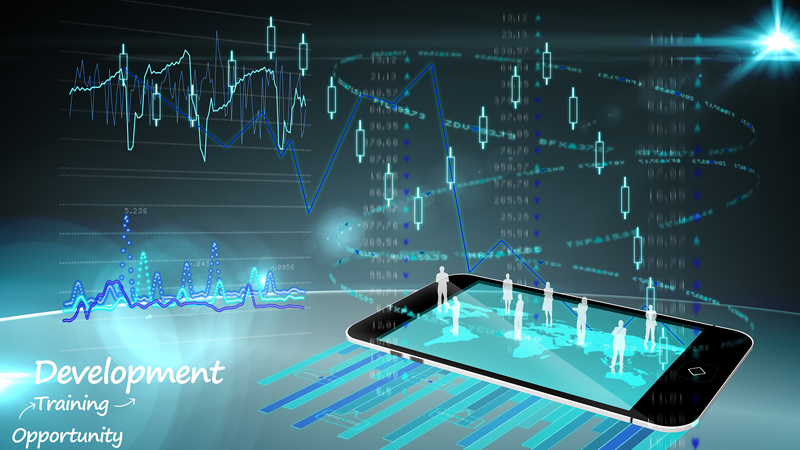Home >Technology peripherals >AI >The impact of digital twins on manufacturing
The impact of digital twins on manufacturing
- WBOYWBOYWBOYWBOYWBOYWBOYWBOYWBOYWBOYWBOYWBOYWBOYWBforward
- 2023-06-03 12:49:12991browse

This era is defined by the integration of technologies such as the Internet of Things (IoT), artificial intelligence (AI), machine learning, and augmented reality (AR) that can increase efficiency and improve quality and reduce production costs. The application of digital twins has become an important force leading innovation and plays a prominent role in changing the digital age.
The Rise of Digital Twins
It is expected that by 2021, half of large industrial enterprises will adopt digital twin technology to improve efficiency and achieve significant growth of 10%. This prediction highlights the growing importance of digital twins in industry. Research shows that 13% of enterprises have already started using digital twin technology to implement IoT, while another 62% are currently implementing it or plan to implement it in the near future.
Unleashing the potential of digital twins in manufacturing
Digital twin technology has been widely used in the manufacturing field, completely changing traditional manufacturing practices and being recognized by enterprises. . Originally used by NASA for its space exploration program, digital twins can now be used in many industries, especially manufacturing. According to Gartner, a digital twin is a software design pattern that simulates physical objects to understand their state, react to changes, enhance business processes, and add value.
Industrial Internet of Things: Revolutionizing Manufacturing with Digital Twins
Manufacturers have adopted the Industrial Internet of Things (IIoT) to enhance business capabilities. Manufacturers can leverage sensors and connected devices to collect valuable data to improve the entire product lifecycle, including service and supply chain operations. Integrating digital twins with the Industrial IoT enables manufacturers to plan, experiment, predict, analyze and implement strategies more efficiently, resulting in significant cost, time and resource savings.
From Concept to Reality: Using Digital Twins in Manufacturing
Digital twins play a vital role in streamlining operations across the entire product lifecycle in the manufacturing industry. Manufacturers can use digital models to analyze potential errors, simulate various outcomes, and optimize their production processes before actually bringing their products to market. Prominent examples include Tesla, which leverages real-time IoT data and digital twins to improve the efficiency and performance of its vehicles, and Kaeser compressors. This manufacturing company uses digital twins to anticipate potential failures and reduce downtime.
Artificial Intelligence: Driving Manufacturing Advances Through Digital Twins
Artificial intelligence (AI) is the driving force behind the advancement of Industry 4.0, and its integration with digital twins provides manufacturing business brings huge potential. Manufacturers can combine artificial intelligence algorithms with digital twins to identify complex virtual scenarios, optimize product quality, and increase efficiency. Artificial intelligence, machine learning and deep learning technologies enable manufacturers to understand and analyze complex virtual data, exploring multiple variables that may not be possible with real-world data alone.
Augmented Reality and Digital Twins: Shaping the Future
Augmented reality (AR) is a powerful tool with digital twins that enables manufacturers to create immersive Visualize contextual data and extract valuable insights from complex data sets. AR allows manufacturers to overlay digital information onto physical assets, facilitate training, provide real-time insights, and help detect issues. By incorporating mixed reality, workers can visualize machines and access important data, resulting in increased efficiency, faster turnaround times, and enhanced capabilities.
Digital twins beyond manufacturing
Digital twin technology is not limited to the manufacturing field, other industries have also begun to adopt this technology. In the retail space, the combination of augmented reality and digital twins enables retailers to create digital replicas of physical products, allowing customers to visualize them in a real-life environment. This approach minimizes inventory loss and improves safety. Likewise, digital twins enable providers to conduct trials, optimize patient treatments, and effectively maintain medical equipment in simulated environments, preventing workflow disruptions.
Summary
As more industries undergo digital transformation, the seamless integration of IoT, artificial intelligence and other cutting-edge technologies with digital twins will continue to emerge Impressive results. Through the core data of digital twins, enterprises can optimize the development costs, resources and product quality of digital twins. While large enterprises have embraced digital twins, there is still significant potential for SMEs and other industry sectors to benefit from this innovative approach in their strategic decision-making processes.
The above is the detailed content of The impact of digital twins on manufacturing. For more information, please follow other related articles on the PHP Chinese website!
Related articles
See more- Technology trends to watch in 2023
- How Artificial Intelligence is Bringing New Everyday Work to Data Center Teams
- Can artificial intelligence or automation solve the problem of low energy efficiency in buildings?
- OpenAI co-founder interviewed by Huang Renxun: GPT-4's reasoning capabilities have not yet reached expectations
- Microsoft's Bing surpasses Google in search traffic thanks to OpenAI technology

